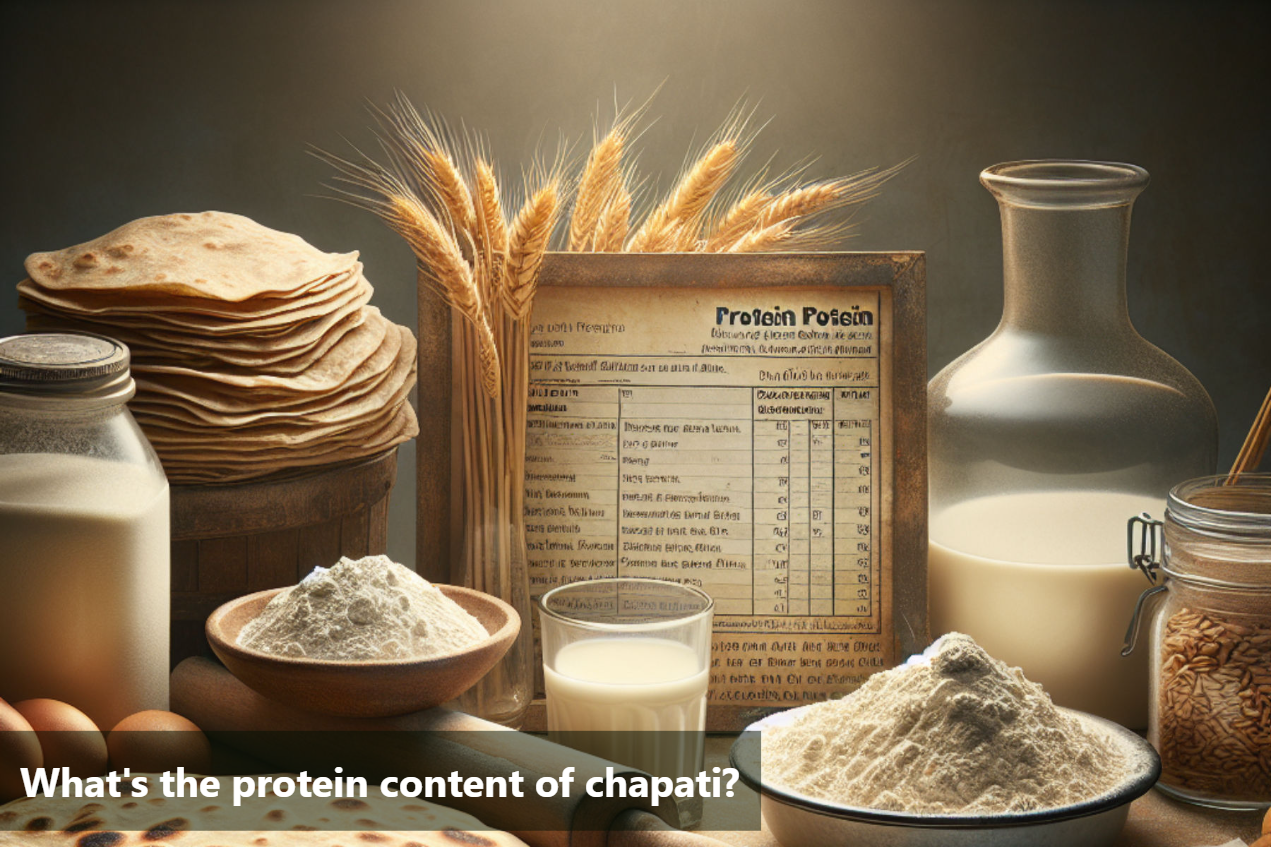
What's the protein content of chapati?
Chapati, a staple in many South Asian cuisines, is a versatile flatbread that complements a variety of dishes. Beyond its delicious taste and cultural significance, chapati also offers a range of essential nutrients that contribute to a balanced diet. One key nutrient found in chapati is protein, which plays a crucial role in supporting overall health and wellbeing.
In a standard chapati, the protein content may vary depending on the ingredients used and the size of the bread. On average, a single chapati typically contains around 3-4 grams of protein. This protein content in chapati is important for muscle growth and repair, as well as providing a sense of fullness and energy throughout the day.
Understanding the protein content in chapati is essential for maintaining a balanced and nutrient-rich diet. By incorporating this protein-rich flatbread into your meals, you can enjoy not only its taste but also the valuable nutrients it offers to support your overall health and well-being.

Nutrition Content in Chapati
Nutrients |
Whole Wheat |
Plain |
Ragi Roti |
Makki ki Roti |
|---|---|---|---|---|
Energy |
175 kcal |
202 kcal |
118 kcal |
90 kcal |
Carbohydrate |
27 g |
31.6 g |
21.02 g |
13.82 g |
Total lipid (fat) |
5 g |
5.07 g |
2.33 g |
3.38 g |
Fibre |
4.98 g |
3.33 g |
2.6 g |
0.1 g |
Protein |
4 g |
7.62 g |
3.23 g |
1.7 g |
Fatty acids |
3 g |
1.33 g |
- |
- |
Sugars |
3 g |
1.85 g |
0.49 g |
- |
Sodium |
134 mg |
278 mg |
103 mg |
22 mg |
Calcium |
19.8 mg |
63.2 mg |
- |
- |
Iron |
0.54 mg |
2.05 mg |
- |
- |
Factors Affecting Protein Content in Chapati
When it comes to the protein content in chapati, several factors come into play that can influence the overall nutritional value of this popular Indian flatbread.
One of the primary factors is the type of flour used in making chapati. Whole wheat flour is known to have a higher protein content compared to refined flour, making chapatis made from whole wheat more protein-rich.
Additionally, the proportion of flour to water used in kneading the dough also plays a role in determining the protein content of chapati. Using the right ratio can ensure that the chapati retains a good amount of protein without compromising on taste or texture.
Furthermore, the cooking method employed can impact the protein content of chapati. Overcooking chapatis can lead to a loss of protein content, so it is essential to cook them just right to preserve their nutritional value.
Finally, the addition of ingredients like ghee to chapati can enhance its flavor but may also affect the protein content. While ghee adds richness and taste, it does not significantly contribute to the protein content of chapati.
Being mindful of these factors can help you optimize the protein content in chapati and enjoy a nutritious meal.
Unlocking the Benefits: Protein Content in Chapati
Muscle Repair and Growth: Protein in chapati provides essential amino acids necessary for muscle repair and growth, aiding in overall strength and fitness.
Satiety and Weight Management: Protein helps increase feelings of fullness and satisfaction, reducing cravings and overeating, thus supporting weight management goals.
Stable Blood Sugar Levels: Protein, when combined with carbohydrates in chapati, slows down the absorption of sugar into the bloodstream, helping to maintain stable blood sugar levels and preventing energy crashes.
Enhanced Nutrient Absorption: Protein facilitates the absorption of essential nutrients such as iron and calcium present in other foods consumed with chapati, ensuring optimal nutrient utilization by the body.
Supports Tissue Health: Protein is vital for the maintenance and repair of body tissues, including skin, hair, and nails, promoting overall health and vitality.
Boosts Metabolism: Adequate protein intake can help boost metabolism, aiding in calorie burning and fat loss, contributing to overall energy expenditure.
Immune Function: Protein supports a healthy immune system by aiding in the production of antibodies and immune cells, helping the body defend against infections and illnesses.
Promotes Bone Health: Protein, along with other nutrients in chapati, supports bone health by aiding in the formation of bone tissue and maintaining bone density, reducing the risk of osteoporosis and fractures.
Sustainable Energy: Protein provides a steady source of energy, helping to fuel physical activities and daily tasks while keeping energy levels stable throughout the day.
Contributes to Overall Wellness: Incorporating protein-rich foods like chapati into a balanced diet supports overall health and well-being, contributing to a healthy lifestyle and longevity.

Chapati Nutrition: Delving into its Protein Content
Chapati, a staple in many households, contains a substantial amount of protein crucial for our overall health. Protein in chapati plays a vital role in muscle repair and growth, making it an essential component of our daily nutrition. A single chapati typically provides around 3-4 grams of protein, contributing to the body's daily protein requirement.
When ghee is added to chapati, the protein content may slightly increase, although the impact is not significant. It is essential to consider the overall diet to meet the recommended protein intake. Comparing the protein content in chapati with other foods, we find that while chapati may not be as protein-rich as some sources like meat or lentils, it still serves as a valuable protein source, especially when paired with other protein-rich foods.
Incorporating chapati in our meals can contribute to fulfilling our protein requirements. While it may not be the primary source of protein, it complements a balanced diet, making it a versatile and nutritious choice for individuals seeking a wholesome approach to their dietary needs.
This Blog post is an initiative by Lo! Foods, to provide accurate and Nutritionist / Doctor approved information related to Health. Lo! Foods is India's leading brand for Everyday Functional Foods. Foods designed for specific Health conditions or Needs. Lo! Foods also runs India's largest range of Low Carb Healthy Cloud Kitchens, under the brand names of Lo!, ProteinChef, ATH (All Things Healthy) and DiabeSmart.



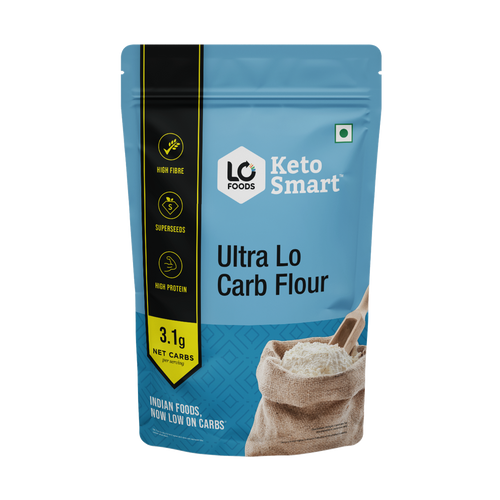
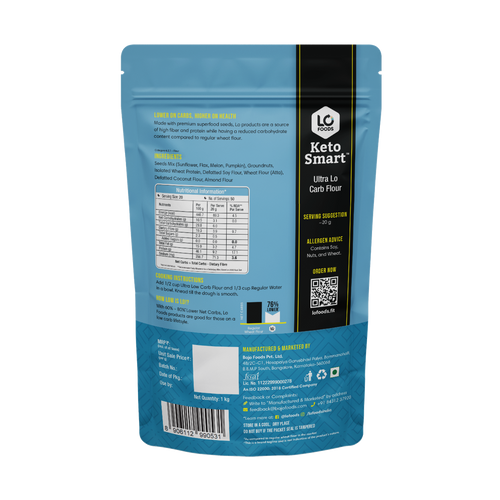

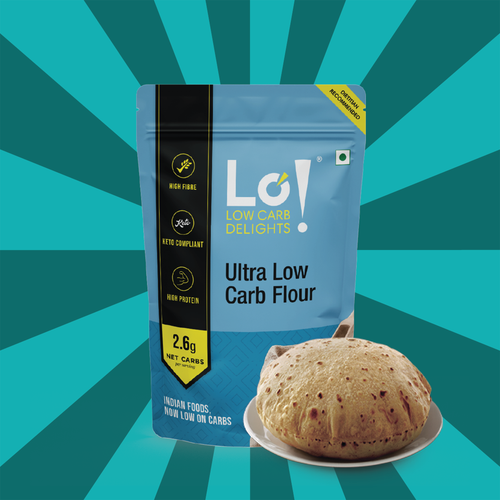


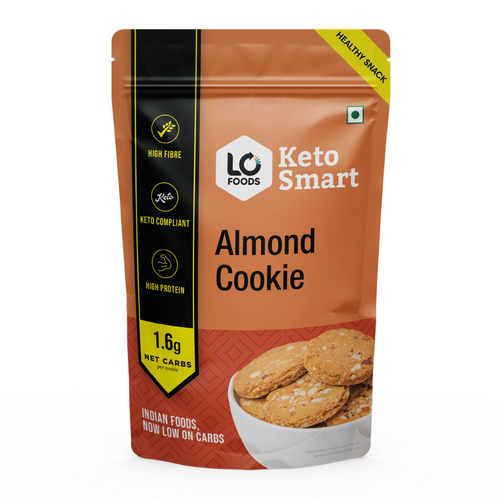

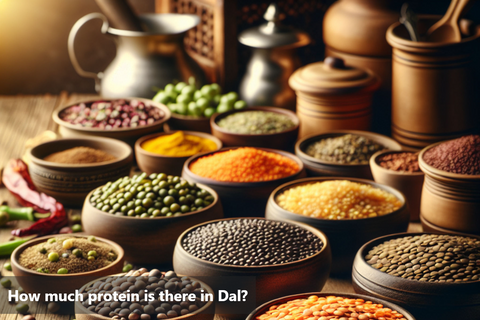

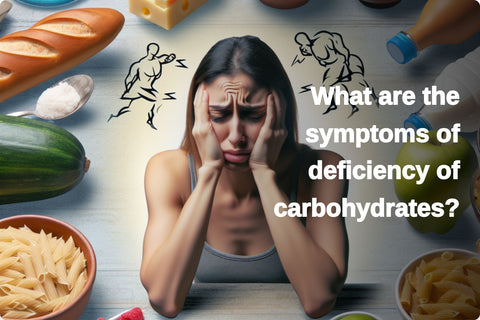
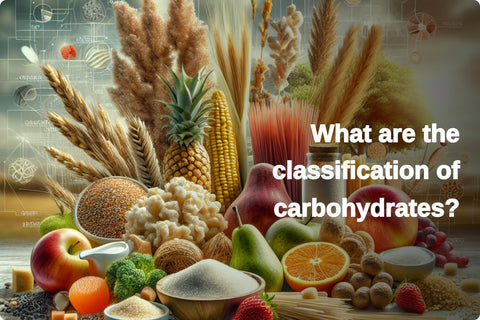
Leave a comment
Your email address will not be published.